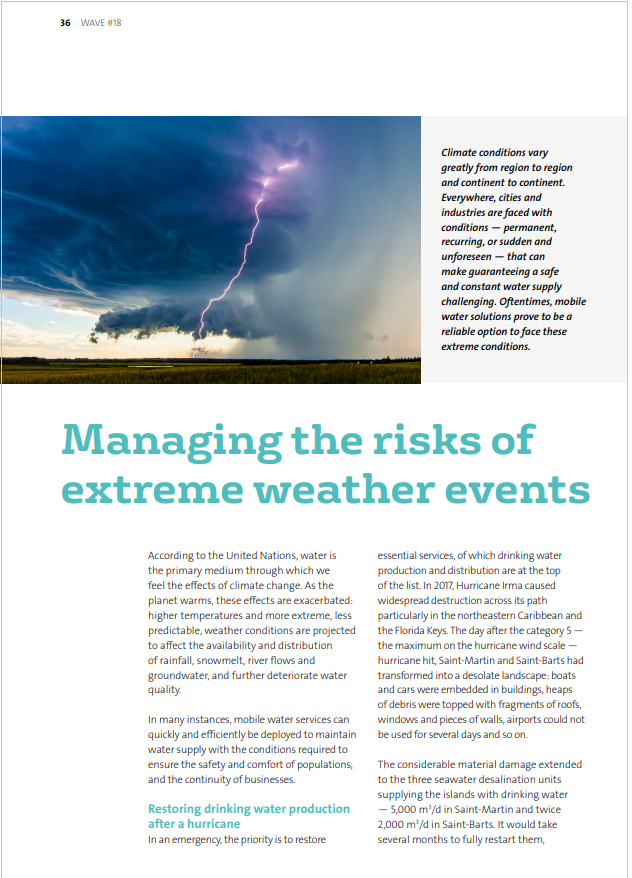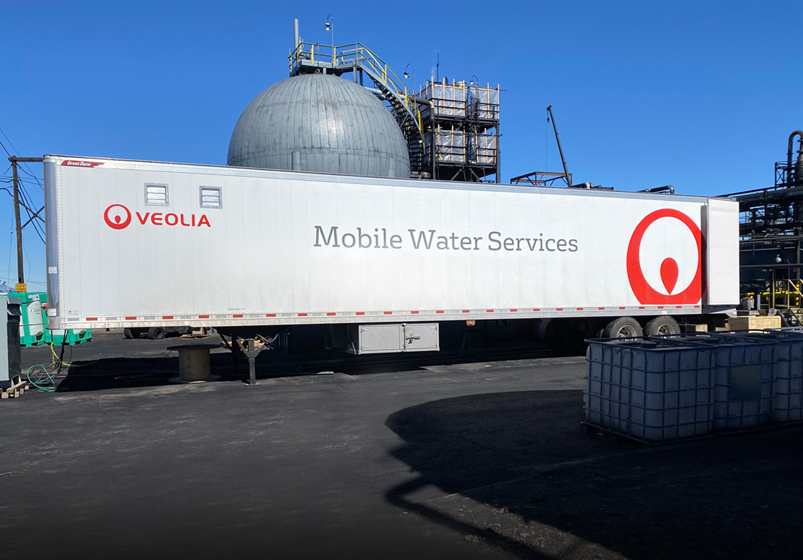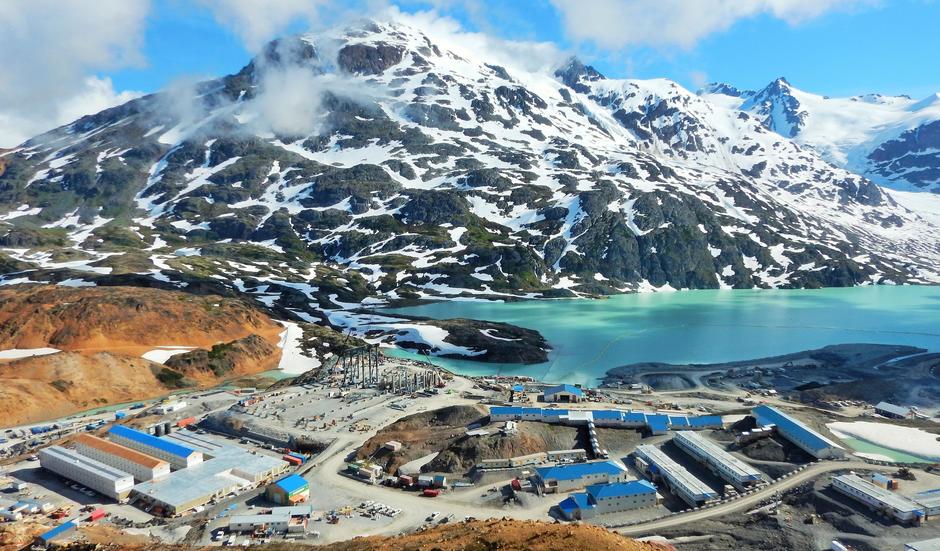Managing the risks of extreme weather events
Climate conditions vary greatly from region to region and continent to continent. Everywhere, cities and industries are faced with conditions — permanent, recurring, or sudden and unforeseen — that can make guaranteeing a safe and constant water supply challenging. Oftentimes, mobile water solutions prove to be a reliable option to face these extreme conditions.
According to the United Nations, water is the primary medium through which we feel the effects of climate change. As the planet warms, these effects are exacerbated: higher temperatures and more extreme, less predictable, weather conditions are projected to affect the availability and distribution of rainfall, snowmelt, river flows and groundwater, and further deteriorate water quality.
In many instances, mobile water services can quickly and efficiently be deployed to maintain water supply with the conditions required to ensure the safety and comfort of populations, and the continuity of businesses.
Restoring drinking water production after a hurricane
In an emergency, the priority is to restore essential services, of which drinking water production and distribution are at the top of the list. In 2017, Hurricane Irma caused widespread destruction across its path particularly in the northeastern Caribbean and the Florida Keys. The day after the category 5 — the maximum on the hurricane wind scale — hurricane hit, Saint-Martin and Saint-Barts had transformed into a desolate landscape: boats and cars were embedded in buildings, heaps of debris were topped with fragments of roofs, windows and pieces of walls, airports could not be used for several days and so on.
The considerable material damage extended to the three seawater desalination units supplying the islands with drinking water — 5,000 m3/d in Saint-Martin and twice 2,000 m3/d in Saint-Barts. It would take several months to fully restart them, meaning that a temporary solution had to quickly be implemented.
A Veolia mobile desalination unit was flown in from Spain. The modular mobile container-based seawater reverse osmosis asset was able to treat the highly salted feed waters. The temporary unit was on site for 6 months until repairs could be completed to the water treatment plants.

Rapid response in the face of extreme weather conditions.
Severe winter storms wreak havoc in Texas

In February 2021, the state of Texas suffered a major power crisis, the result of three severe winter storms sweeping across the United States. A massive electricity generation failure ensued, resulting in shortages of water, food and heat. Millions of homes and businesses were left without power, some for several days.
One of our clients was in need of water treatment to keep their plant operational during this catastrophic weather event. They had to carry out quick maintenance and replace the reverse osmosis membranes of their aging existing plant. The client needed to maintain production during the refurbishment and required a supply of low-conductivity demineralized water, which was vastly complicated by the unforeseen weather conditions affecting the region.
A mobile filtration unit and reverse osmosis asset were supplied in record time, ensuring treated water of up to 100 m3/h and below 10 µS/cm. The reliable solution allowed the client to continue production without any disruption.
Absence of rain introduces water stress ahead of ski season
In 2018, La Clusaz, a municipality located in the French Alps, was suffering from a lack of raw water for drinking water production following a summer of drought. A decision was made to use water from a lake usually reserved for the production of artificial snow intended for the ski resort.
A 100 m3/h mobile ultrafiltration unit was quickly brought onsite to treat water from the lake. Its plug-and-play container was easy to install even in the notoriously mountainous area and procured the municipality a reliable source of drinking water.
Challenges of water treatment on remote mining sites

Brucejack, owned and exploited by Pretium, is an underground gold mine located in northwestern British Columbia, Canada, in a largely unexplored area. This location brings its own set of challenges when it comes to water treatment: with the mine situated near a glacier, the treated water criteria are very stringent and, with no road or air access, the site is only accessible by using a Husky-tracked vehicle to cross the glacier.
Veolia started working with Pretium in spring 2014 when the company needed to dewater Brucejack’s underground workings during its exploration phase. A temporary water treatment plant relying on mobile assets was used for the exploration and construction phases, removing metals, suspended solids and toxicity from the water. The compacity, modularity and ease of installation and operation of the mobile units were instrumental in the success of this operation, which was in place for two years before a permanent water treatment plant was built.


